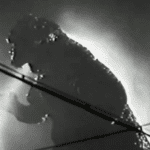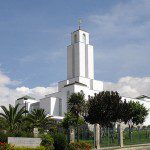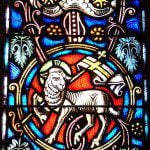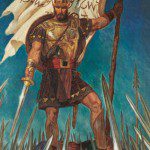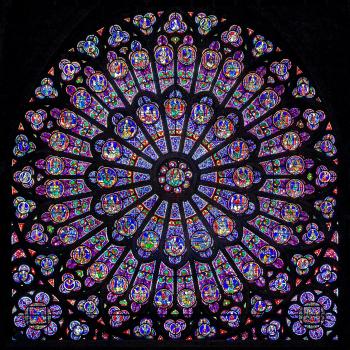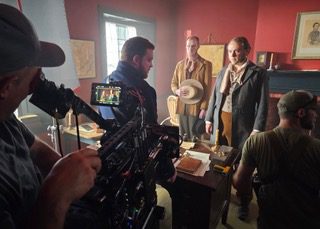
Newly posted on the website of the Interpreter Foundation: Conference Talks: Group Ascension to Heaven in Early Judaism and Christianity.
This presentation was originally given by David Larsen on Saturday, 5 November 2016, at the Interpreter Foundation’s 2016 Temple on Mount Zion Conference.
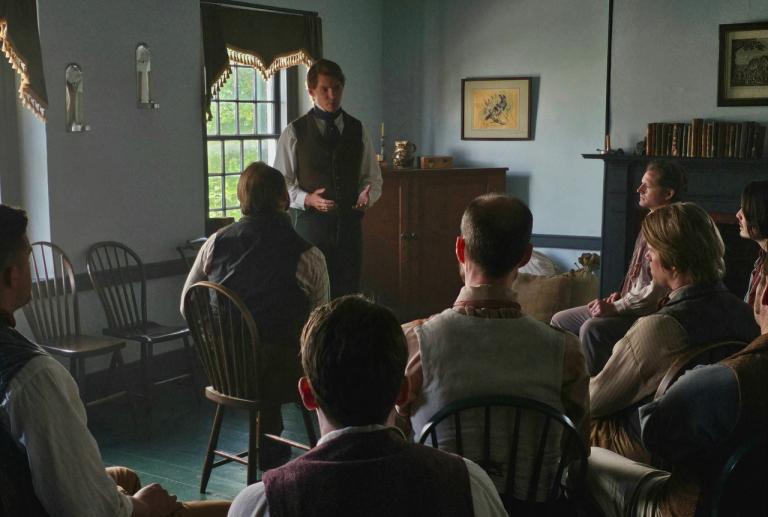
This is good to hear, although, since there are still matters before the courts, it may not quite be the last word: “Breaking News: City of Cody Issues Building Permit for LDS Temple Construction”
I haven’t been to Cody for a number of years now and, when I’ve been there in the past, I certainly haven’t been examining the as-yet unannounced site for the as-yet unannounced temple. However, based on this extremely important video and, now, on looking at these photographs of the proposed construction site, I have a really, really difficult time imagining how the 9500-square-foot temple (situated on its own nearly-five-acre grounds) will ruin the neighborhood, or dominate the city, or block views of the sky, or obliterate the surrounding hills, or replace them as Cody’s most obvious feature. Which, in turn, tempts me to suspect disingenuousness on the part of at least some of those who have raised those particular objections. (Of course, the folks who oppose the construction of the temple on openly theological or religious grounds — and flatly object to allowing the building of any temple anywhere, as some have expressly done — are free of any taint of disingenuousness; they are unashamed bigots who don’t believe in religious freedom.)
I’ve posted several comments here on the Cody Wyoming Temple controversy. See, in chronological order, “A small tempest about a small temple in Cody,” “In the world after the Fall,” “Once More, on the Conflict in Cody.” “An Update on the Continuing Crisis in Cody, Wyoming,” “Peggy Brown, Dale Brown, and the Cody Wyoming Temple,” “My Last Comment on the Temple in Cody? (Probably Not),” “My last post on the temple in Cody? Maybe, for a while at least,” “What if Sacha Cohen were to visit Cody, Wyoming?”, “Sigh. Cody, Wyoming. Again,” and “You can, if you choose, count this as yet another comment on the controversy about the proposed Cody Wyoming Temple.”
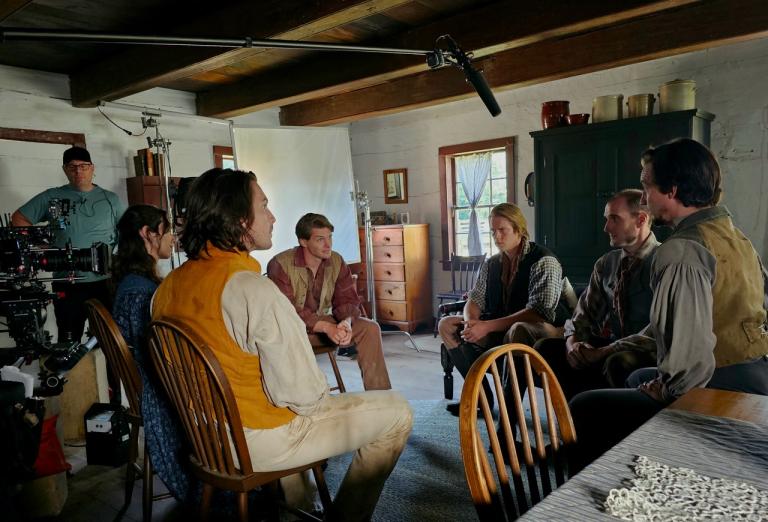
We are indeed rapidly approaching the bicentennial of the first appearance of the angel Moroni to the young prophet Joseph Smith. Some have begun to call it “Moroni Day.” In connection with that anniversary, Zander Sturgill has produced a 13.5-minute video entitled “Who Was the Angel Moroni that Visited Joseph Smith?”
Just one inadvertent glitch: Moroni lived about sixteen hundred years ago, of course, not “nearly sixteen thousand years ago.”
It wouldn’t be amiss to remember “Moroni Day,” to thank the Lord for it, and to mention it to friends and family. Watching this video wouldn’t be a bad way to remember.
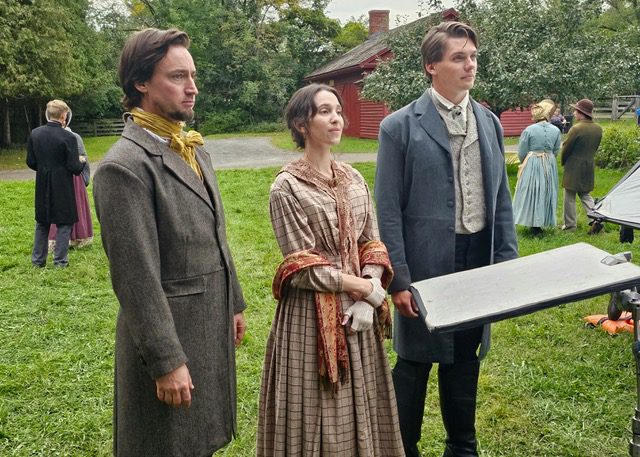
Back in April, I received a hard copy of BYU Studies Quarterly 61/4 (2022) in the mail. A special — issue of BYU Studies, it was created by Stephen O. Smoot, John Gee, Kerry Muhlestein, and John S. Thompson, and is entitled A Guide to the Book of Abraham. A Guide to the Book of Abraham represents something of a state-of-the-question survey from the perspective of four faithful Latter-day Saint scholars who have particular training in Egyptology. (See here for the Table of Contents.)
I like this quotation from Elder Parley P. Pratt, with which the Introduction to the volume (ascribed to all four authors) begins:
When we read the Book of Abraham with the reflection that its light has burst upon the world after a silence of three or four thousand years, during which it has slumbered in the bosom of the dead, and been sealed up in the sacred archives of Egypt’s mouldering ruins; when we see there unfolded our eternal being — our existence before the world was — our high and responsible station in the councils of the Holy One, and our eternal destiny; when we there contemplate the majesty of the works of God as unfolded in all the simplicity of truth opening to our view the wide expanse of the universe, and shewing the laws and regulations, the times and revolutions of all the worlds, from the celestial throne of heaven’s King, or the mighty Kolob, whose daily revolution is a thousand years, down through all the gradations of existence to our puny earth, we are lost in astonishment and admiration, and are led to explain [exclaim?], what is man without the key of knowledge? or what can he know when shut from the presence of his maker, and deprived of conversation with all intelligences of a higher order? Surely the mind of man is just awaking from the deep sleep of many generations, from his thousand years of midnight darkness. (“Editorial Remarks,” Millennial Star 3, no. 4 [August 1842]: 70-71.
Reading the last lines of that quotation, my mind goes in two distinct but compatible directions. First of all, I think of the remarkable progress achieved by astronomy, cosmology, and the other sciences since August 1842. “Surely the mind of man is just awaking.” Secondly, I think of Louis Midgley’s argument, made recently in an article a new volume, edited by Shirley S Ricks, Stephen D. Ricks, and, yes, Louis C Midgley, entitled Steadfast in the Defense of Faith . The article is entitled “David Hume: On Human and Divine Things” and, in it, Professor Midgley contends that David Hume was very possibly not an atheist, as he is often assumed to be, but, rather, a skeptic with regard to “natural theology” and reasoned arguments claiming to prove the existence of God but who insisted upon the need for divine special revelation.
Posted from Park City, Utah



